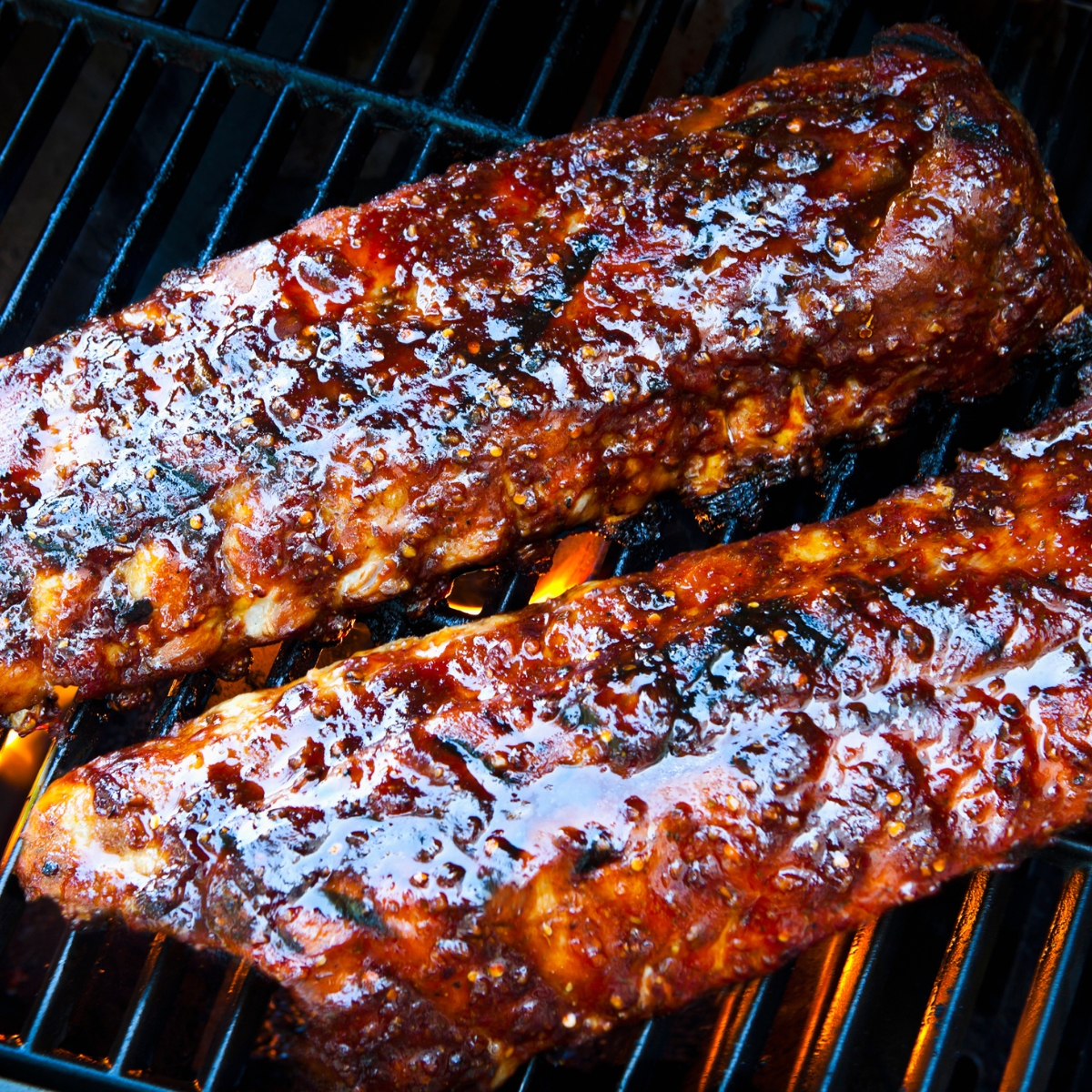As is usually the case in the world of BBQ, seemingly simple things have complex chemical reactions behind them, learning of which allows to understand a particular topic better. Such is the case with BBQ Bark, which at first glance is simply a thicker crust that forms on the surface of meat during smoking.
When we take a closer look, though, especially in terms of chemistry, it turns out that it’s a process that mostly involves oxygen and heat, but there’s more to it. Using all that research available on the Internet ( source ) I can say that in the bark forming process the key role is played by two processes, Polymerization and the Maillard Reaction.

At the time of smoking meat, water vapor from the smoke and moisture from the meat contribute to the soluble ingredients of the rubs dissolving in water. Some of all the ingredients, like salt for example, dissolve and then penetrate into the meat. The rest of ingredients, on the other hand, remain on the meat’s surface where they gradually dissolve in grease.
For the whole process to go properly and for great bark to be created, it requires the right conditions.
First and foremost, you can’t let the temperature be too high ( above 300 degrees F ) or too low – it has to be just right depending on the meat. The temperature being too high will lead to burned crust whereas in temperature that is too low the bark won’t be formed at all.
What influences the dark color of the bark?
Contrary to one popular theory on table sugar, I have to say that it is not the reason behind the bark being very dark. Let’s take a look on this from the technical side, smoking usually takes place in a temperature of about 200-240 degrees F whereas sugar only caramelizes in temperatures no lower than 300 degrees F. Thus, based on the data above, we can conclusively say that it is not table sugar that is behind the dark color.
What impacts the dark color of the bark, then?
Smoke and Rubs – When smoking, the smoke sticks to the ingredients of rubs dissolved on the meat’s surface. The result is very dark bark, which makes an impression of nearly burned surface of the meat, but don’t let that fool you, as in reality that’s just a color, while the bark itself tastes great.
Without smoke and rubs, the color would be dark red, so if you wish for a dark bark effect, you have to take care of what I mentioned above.
